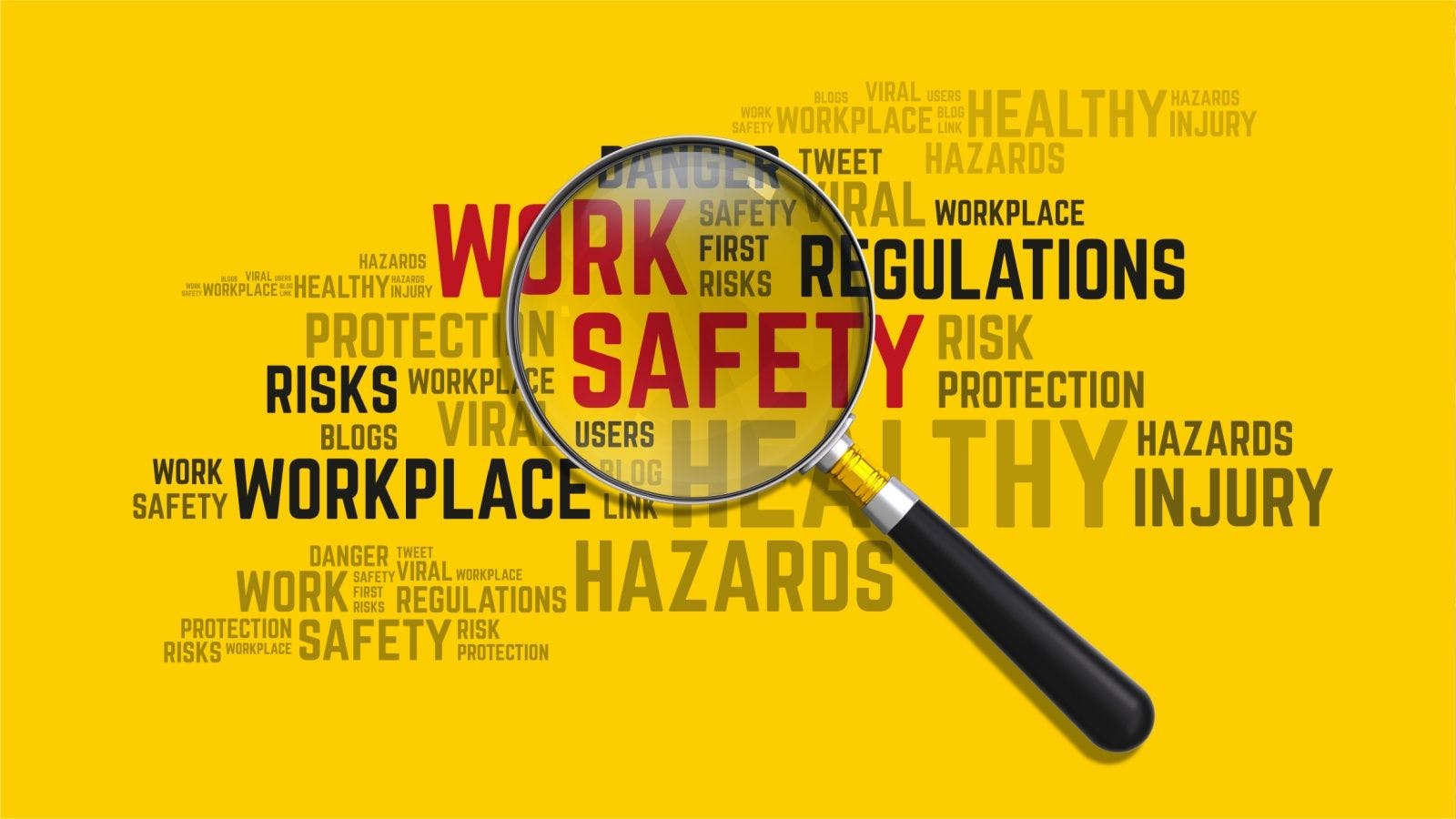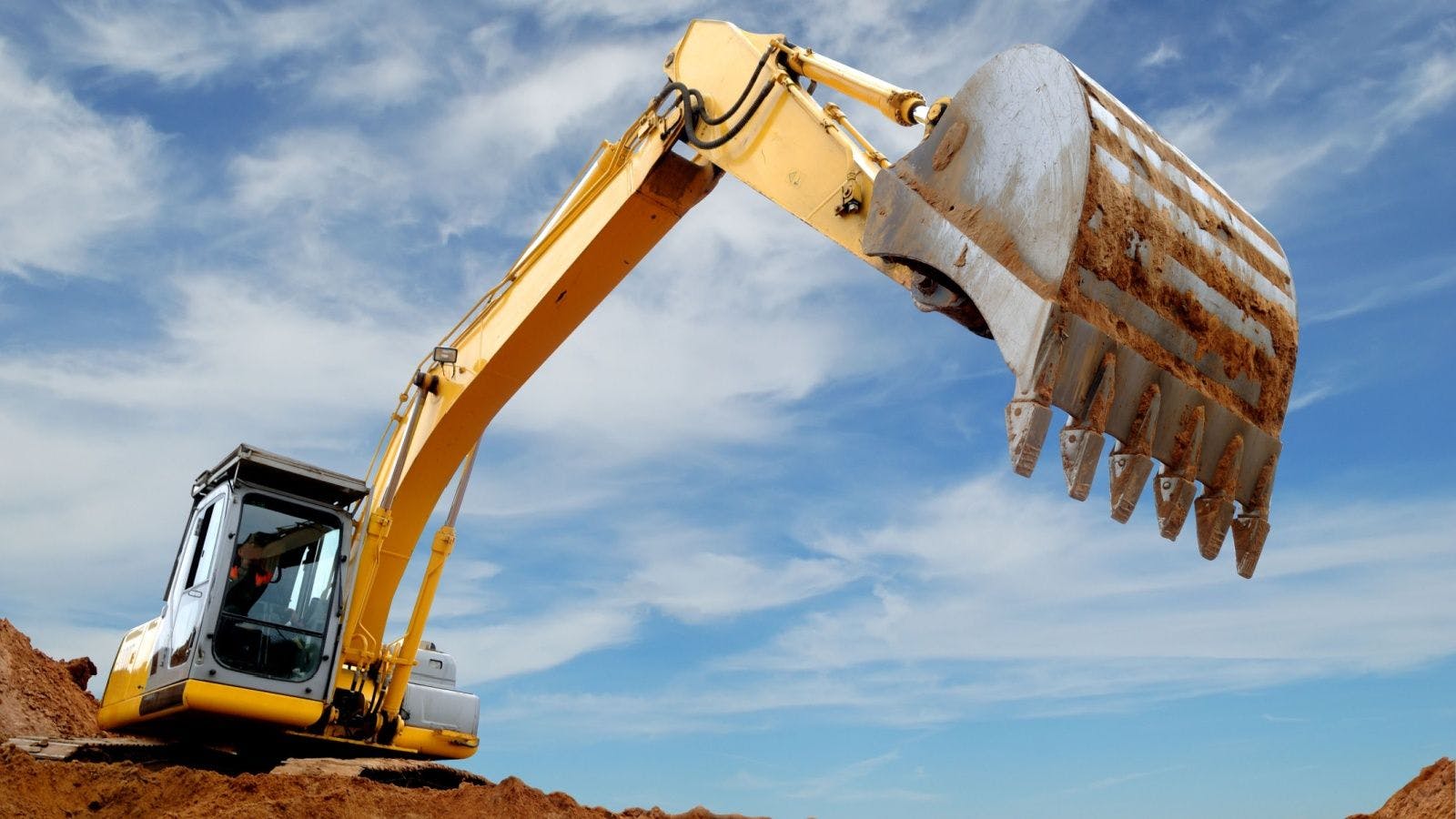
Avoid Winter Office and Jobsite Safety Hazards
After this year’s hot summer, winter 2017-2018 will be a cold one, bringing up the question of how to prepare for what is expected to be the “year of the snowstorm.” The change in season will bring new hazards on the jobsite and in the office that employers need to be thinking of right now. Here are five areas contractors need to comply with to avoid any accidents or breaching fees.
Jobsite Safety
Industries like construction that require a lot of outside work are affected the most by the drop in temperatures. While some work might be rescheduled for spring or completed inside instead, other jobs simply must be done in the cold.
To make working outside manageable, workers should be trained on how to behave in these conditions. For example, taking off sweaty clothing pieces during breaks to stay dry is key to avoid catching a cold while at a jobsite.
Manual handling can become difficult when hands and limbs become too stiff, which can be a threat to everyone involved in the operation. Taking frequent breaks and having access to indoor facilities, hot drinks and wind shielding is important.
Slippery surfaces rain-related hazards
Winter is the time of rain, frost and slipping on slick surfaces. While the first two elements cannot be avoided, the last hazard can and must be avoided, or else a company might be looking at expensive breaching fees. Treating all paths, including shortcuts and dirt roads, with grit is a must after each new snow or rainfall. Setting up warning signs can help workers and civilians identifying potential hazards, which might be even less obvious to outsiders, like people passing by the site, as they aren’t trained on how to behave at construction sites.
office Safety
The effects of winter might be more obvious outside, but they are present in the office as well. Heating makes the air dry and eyes and throats itchy—circulating viruses that make it hard to avoid catching a cold.
To prevent viruses, washing hands often and cleaning any communal dishes and plates thoroughly is important to avoid pass along bacteria. Staff should also be trained on how to heat and ventilate properly, as the wrong temperature or draughty office spaces are major reasons for illnesses.
Feeling low in the darker months
As days get shorter and darker, less daylight causes the brain to produce less melatonin, which causes tiredness. Feeling down, less productive or less capable during this period is normal and should not be kept a secret. Encouraging an open talk about mental health is crucial to creating an environment in which workers feel safe and understood.
Small steps toward battling winter tiredness might be opening curtains and blinds, moving the desk close to the window or taking a short walk during lunch break. Employers should also provide access to helplines and a person to contact about mental health.
Countering winter obstacles
Winter is bound to bring along issues that need to be taken care of. More workers taking sick leave might lead to missing deadlines and contractors need to think about whether the workload can still be handled with less personnel.
Complying with health and safety regulations is a company’s obligation at all times. If accidents happen, employers could be facing high breaching fees and ugly PR scandals. Internal health and safety guidelines should state details about who will be responsible for which task, such as cleaning pathways, gritting and checking machinery and instruments, and be clear and accessible to everyone.
A professional risk assessment remains the only way to be certain that all areas are covered. Precautions should be in place now before the cold snap brings out any overlooked dangers—and potentially the first accident.
Related stories








